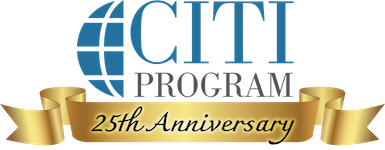Biosafety level 3 (BSL-3) laboratories are designed to protect individuals and the public from highly infectious and pathogenic organisms by using enhanced engineering and administrative controls. The primary hazards to the individuals who work within the laboratory or provide support to its operations involve exposure to infectious materials. The organization’s comprehensive BSL-3 program plays a key role in identifying and controlling potential risks.
The learner will be provided with practical information on the types and operations of biosafety cabinets, how BSL-3 facility operations are maintained and validated, the type of personal protective equipment required, waste management and emergency management processes used to prevent the potential spread of contamination, and the occupational health program necessary to mitigate the risk to the individuals who work in the BSL-3.
Language Availability: English
Suggested Audiences: Biosafety/Biosecurity Professionals, Environmental Health and Safety Professionals, Faculty, Healthcare Providers, IT Professionals, Physical Plant Personnel, Public Safety Professionals, Research Administrators, Research Faculty and Team Members, Researchers, Students
Organizational Subscription Price: $675 per year/per site for government and non-profit organizations; $750 per year/per site for for-profit organizations
Independent Learner Price: $99 per person

